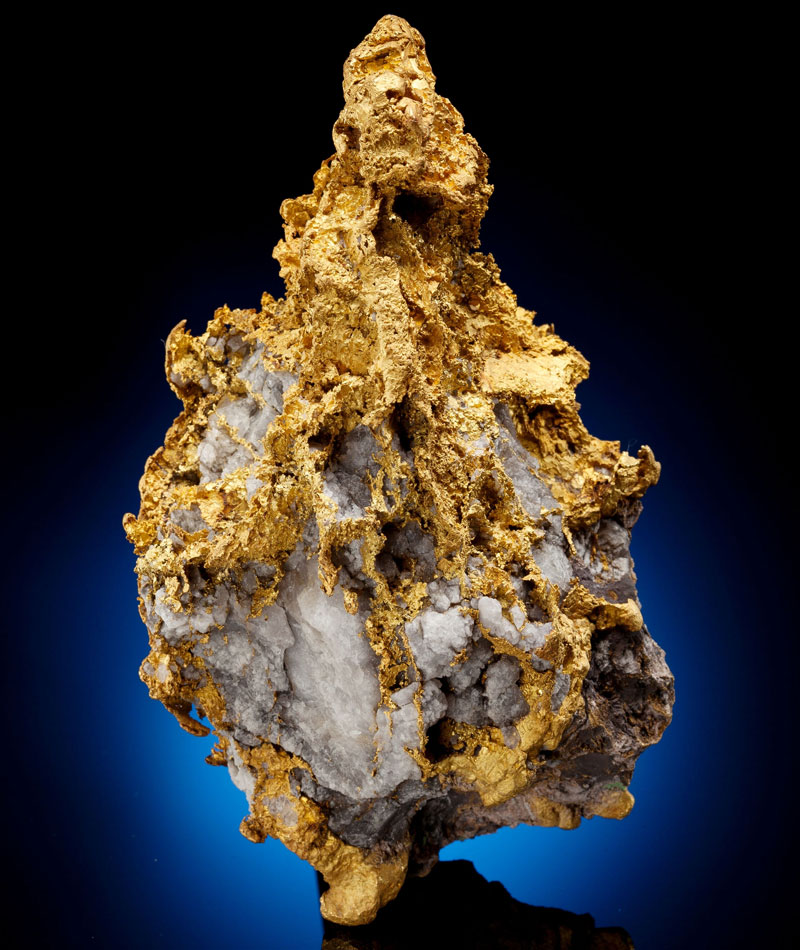How is Gold Checked for Purity?

The value of gold is based on the karat system, which is a 24-point scale signifying the percentage of gold a piece of metal contains.
So, if gold jewelry is 14K, it is 14 out of 24 parts gold, or 58.33 percent gold.
The acid test is the cheapest method used to check gold. Simple acid test kits typically come with a black touchstone and several acid solutions, which are marked for different karats.
Experts start by scratching the touchstone using the gold that needs to be tested, leaving a streak on the stone. If the questionable gold is purportedly 14K, they will then make a parallel control streak using a piece of gold that is already known to be 14K.
Finally, they'll put a drop of the acid solution on both streaks and compare the ensuing chemical reactions.
Jewelers may also use electronic gold testers to figure out the quality of a piece of gold. Using a specific liquid or gel, they first create a circuit between the device's probe and the gold.
The device then tests the gold's electrical conductivity — this property not only tells the jeweler if the material is actually gold, but also its purity. Electronic gold testers are fairly accurate when used properly (they must be fully cleaned of the gel in between uses).
Sign up for the Live Science daily newsletter now
Get the world’s most fascinating discoveries delivered straight to your inbox.
The most accurate tests use X-ray fluorescence spectrometers (XRF). These machines, which can cost thousands of dollars, send X-rays through the tested item.
The material's atoms become momentarily excited and move into a higher energy state; when they return to their ground state, they release radiation, which the XRF detects and reads.
By analyzing the radiation, the machine figures out exactly what the item is made of.
Follow LiveScience on Twitter @livescience. We're also on Facebook & Google+.










